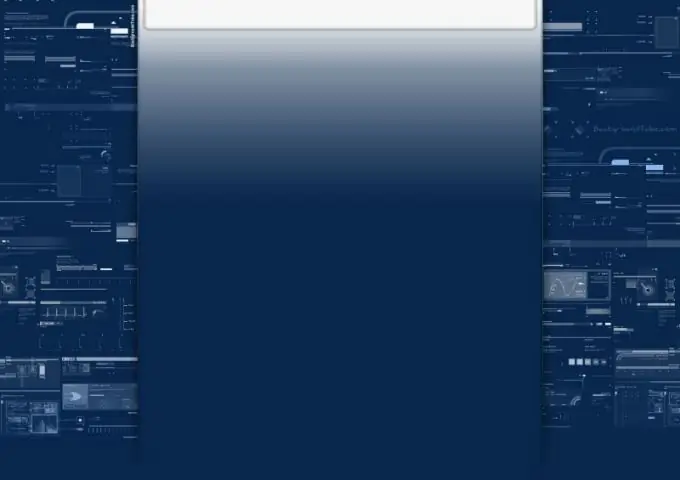Moving the user folder to another drive may be necessary to reduce the size of the system drive or to facilitate the creation of a backup. In Windows 7 and Windows Vista operating systems, the operation can be performed using symbolic links.

Instructions
Step 1
Click the "Start" button to bring up the main menu of the system and go to the "Control Panel" item to perform the operation to disable User Account Control.
Step 2
Select User Accounts and Family Safety and select User Accounts.
Step 3
Expand the line "Change User Account Control Settings" and move the slider to the lowest position.
Step 4
Click OK to confirm the selected changes and launch Total Commander or any other installed file manager.
Step 5
Enable the display of hidden files and apply the "Copy NTFS permissions" checkbox.
Step 6
Create a copy of the information saved in the C: / Users folder and create the drive_name: / Users folder on the desired drive.
Step 7
Do not move or create copies of the All Users, Default User and current user folders at this stage. These objects are symbolic links and must be recreated.
Step 8
Return to the main Start menu and go to Run.
Step 9
Enter regedit in the Open field and click OK to confirm the launch of Registry Editor.
Step 10
Expand the HKEY_LOCAL_MACHINE / Software / Microsoft / WindowsNT / CurrentVersion / ProfileList branch and change the following keys:
- Default - to drive_name: / Users / Default;
- ProfilesDirectory - to drive_name: / Users;
- Public - to drive_name: / Users / Public.
Step 11
Call the context menu of the "Computer" element of the desktop by clicking the right mouse button and select the "Control" item.
Step 12
Select the item "Local users" and open the context menu of the subgroup "Users" by right-clicking.
Step 13
Select the New User command and create a new user with administrator rights.
Step 14
Restart your computer to apply the selected changes and log in with the user account you created.
Step 15
Create copies of the remaining files of the original user and change the name of the C: / Users folder to whatever you choose.
Step 16
Return to the Start menu, go to Run, enter cmd in the Open field, and click OK to launch the command line.
Step 17
Enter the value mklink / j c: / Users drive_name: / Users and press Enter to confirm the command to create a symbolic link.
Step 18
Use this flow to enter the following commands:
- mklink / j "drive_name: / Users / All Users" c: / ProgramData;
- mklink / j "drive_name: / Users / Default User" drive_name: / Users / Default;
- mklink / j "drive_name: / Users / All users" c: / ProgramData.
Step 19
Restart your computer to apply the selected changes and log in with the original user account.
Step 20
Delete the new user created and download the Symlinks.reg file from the internet to restore the symlinks inside the user profile.
21
Run the downloaded file by double clicking and restore the required user rights.
22
Restart your computer again, delete the renamed C: / Users folder, and enable User Account Control.






